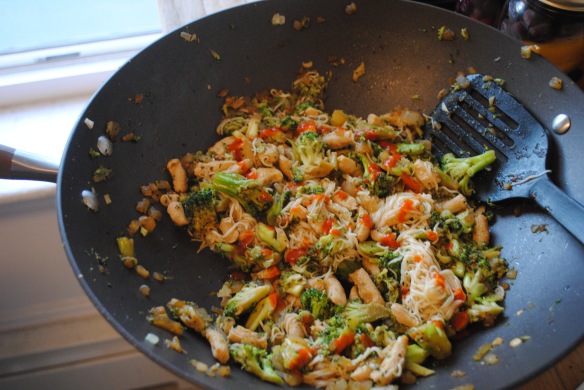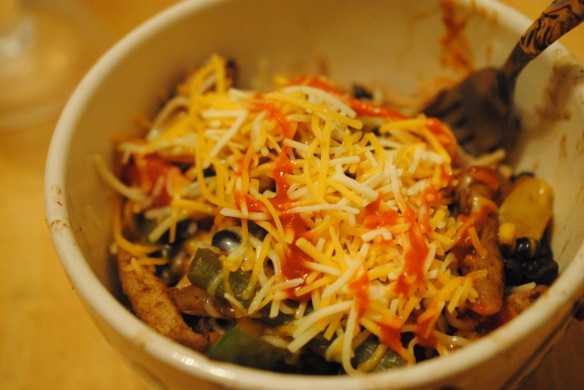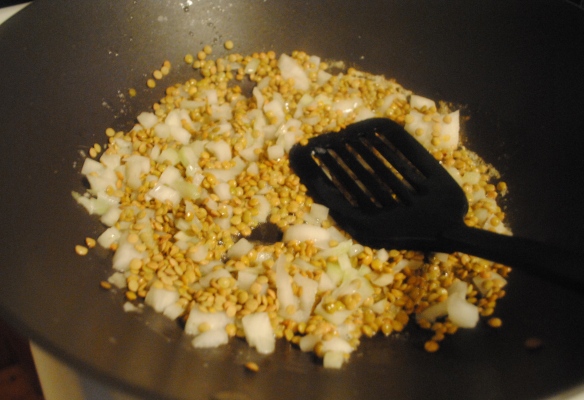A long, long time ago…
Before the responsibility of things like a job, and rent payments, and foster dogs, and billz billz billz…
I traveled far “across the pond” to live in London for 6 glorious months as part of “study” abroad. And ohhhhhh my, “study” I did. Over that half a year I learned many things about Britain, its culture, and its storied history. For example…
I learned that Big Ben really is prettier at night…

And that it’s practically a sin to call Tower Bridge “London Bridge” (but I did it anyway)…

And that these red phone booths pretty much serve no function other than for escort ads and obligatory tourist photos…

And that it is necessary to wear brightly colored tights with your dresses if you want to fit in with London’s hipster scene…

What looks like a grungy basement in this photo is actually a famous, super popular venue called Notting Hill Arts Club frequented by people like Courtney Love and Robert Pattinson. Despite being super trendy and full o' celebrities, it is indeed pretty much a medium sized basement with an overpriced bar.
And that warm beer really isn’t as bad as everyone makes it out to be (and that you should wait until photos are over to start gulpin’ it)…

But aside from building an epic bottle collection in our kitchen, practicing my British accent, and apparently only ever wearing the colors red and black, I did find time to actually learn some things.
Yeah, I learned a lot about history and manners and culture and traveling and street smarts and all that jazz… but surprisingly, I also learned a ton about cooking.
London was the first time I had a fully equipped kitchen at my disposal and no cafeteria to abide my laziness. Prepared foods and meals are few and far between in European supermarkets. Yep, everyone cooks… which meant I had to learn how, too.

Another important kitchen lesson learned in London: how to do the dishes while drunk.
One of the biggest culinary accomplishments I had while in London occurred while le (ex)boyfriend and I were on a never-ending mission to find the perfect peanut sauce recipe. It started one day when one of us ordered peanut noodles at a food stand called “Mr. Peanut,” run by a small, 80-year old Asian man whom I can only assume was Mr. Peanut himself. Now I dunno what Mr. Peanut put in these noodles, but they. were. heavenly. After three orders we were practically worshiping at Mr. Peanut’s food truck alter, and an obsession to re-create the noodly, peanuty, deliciousness was born. Three times a week, every week, we attempted a new peanut sauce recipe to pour over ready-wating spaghetti.
But something wasn’t working… we must have attempted a dozen recipes, but every single time got different results: spicy, goopy, watery, thick, tangy… nothing was really jiving with our taste buds, nor remotely compared to the crack-like ecstasy that was Mr. Peanut’s sauce. Fed up, one day I said to myself “screw it, we’ve done this so many times, I know the gist of the ingredients, I’m just going to wing it now…” And with a lot of patience and a few mishaps, a little improviser (and a great peanut sauce!) was born.
Ever since then, I’ve stuck to mostly my own intuition when making peanut sauce (and sauces in general). I can’t say that the sauce comes out tasting exactly the same every single time, but it’s always a sauce the I’m interested in eating, which is all that counts, right?
Working up the courage to face peanut sauce head on without the comforting reassurance of a recipe was probably one of the greatest contributions to making me the confident little chef I am today!
Learning about sauces is a great way to figure out how different foods interact with each other without the big risk that comes with improvising a whole entire meal. When a made-up sauce doesn’t work out, you can just scrape it out of the pan and heat up some Prego — crisis averted and meal saved!
But if it works out, whipping up your own sauces can teach you a lot about flavor combinations and food purposes, which can really help turn your gears when it comes to getting creative in the kitchen…which is precisely why I’ve whipped up this little tutorial to help get your feet wet with improvising sauces, starting with an easy-peasy peanut sauce.

- Read a lot of recipes. Take note of their differences and similarities. Chances are, more a dish as common as peanut sauce, there is going to be a lot of variability in recipes, but you’ll probably still be able to get a grasp of what you’re going to need.
- Understand your “cast of characters.” In food dishes (and especially in sauces), ingredients can be looked at like parts in a movie or play. You’ve got your star of the show, supporting characters, some extras, and some understudies. Knowing which ingredients play which role can help you figure out proportions, but more importantly, knowing what exactly an ingredient DOES for a dish is the key to knowing how to balance, add, and correct inadequacies. Sometimes it helps to actually write out the list of ingredients and their roles. For peanut sauce, our cast of characters is as follows:
- Peanut Butter — the star of the show! Its purpose is to be the most prominent flavor and fill your mouth with peanuty goodness. For half a pound of noodles you’ll want to start with about 1/2 to 3/4 a cup of this.
- Soy Sauce — a supporting character. Its purpose is two-fold: add flavor and add liquid to start breakin’ that peanut butter down into a sauce. You’ll probably want no more than a few tablespoons of this.
- Rice wine vinegar (or any clear colored cooking vinegar) — plays a small role but an important one! This little guy is necessary to break apart the peanut butter’s gooey consistency to a more sauce-like texture. Just a dash of it is necessary.
- Honey, brown sugar, or some other sweet ingredient — Balances the strong taste of the soy sauce and vinegar. The sweeter you like your sauce, the more of a role this guy is going to play. The amount you’ll need is all up to you, but I’d start with a tablespoon and go from there.
- Water — Controls the thickness of the sauce. Add more water to thin it out, heat the sauce longer to thicken it. Sometimes I don’t even use water, this is one of those ingredients that will have to be adjusted as you go.
- Oil — Use whatever oil you like here, but I recommend peanut or sesame. Its only real purpose is to heat the pan and keep the peanut butter from sticking (so you’re not going to need a lot of it, just enough to heat the pan).
- Extras — There are soooooo many things you can add to peanut sauce to make it shine! Some recommendations (to add, little by little): chopped green onion, red pepper flakes, siracha, milk (for a creamier sauce), sesame seeds, mustard seeds, garlic, ginger, chopped peanuts (for a chunkier sauce), lime juice. All up to you, little improviser!
- Have all your ingredients in front of you and START SLOW. Heat the oil in the pan, use low heat, and add the ingredients one by one. Once you’ve added the peanut butter, soy sauce, and vinegar, a sauce should start forming (with a little help from a spoon or spatula). Add in the sugar, mix well, then taste.
- Use your senses to critically appraise your sauce and figure out what it needs. Taste critically to figure out what it needs:
- Too salty? You probably added too much soy sauce. Counteract this by adding more peanut butter, sugar, or water.
- Too sweet? Too much sugar. More peanut butter or soy sauce, or perhaps a spicy addition like red pepper or siracha.
- Too bland? Figure out what you want to taste more of. Needs more sweetness? Add sugar. More spice? Whatever spices your hear desires. More salt? Throw in some soy sauce.
- Visually appraise the sauce, too. Is it thick or thin enough for what you’re using it for? If it’s going to be a dipping sauce, you want it thick. For noodles, you’ll want it thinner so it spreads. Adjust the thickness by adding water to thin the sauce out (a little vinegar helps too), heat the sauce longer if you’re looking to cook off some of the liquid.
- Whatever additions you make, always do it little by little. Remember, you can always add, but never subtract. Adjust teaspoon by teaspoon and taste after every addition, asking yourself “what else does it need?”
- When it tastes good, looks good, and is warm enough, STOP adding and remove from heat. Your sauce should be done! Serve it whatever way your heart desires: as a satay dipping sauce, over noodles, over meats or veggies, on top of rice:

There you have it, little improvisers, a one-of-a-kind sauce without any help from a recipe! Mr. Peanut would be so proud! These same steps can walk you through whatever kind of sauce you’re lookin’ to make, and soon enough you’ll be on your own, whippin’ up whatever sort of sauciness sparks your creativity! Happy improvising!










